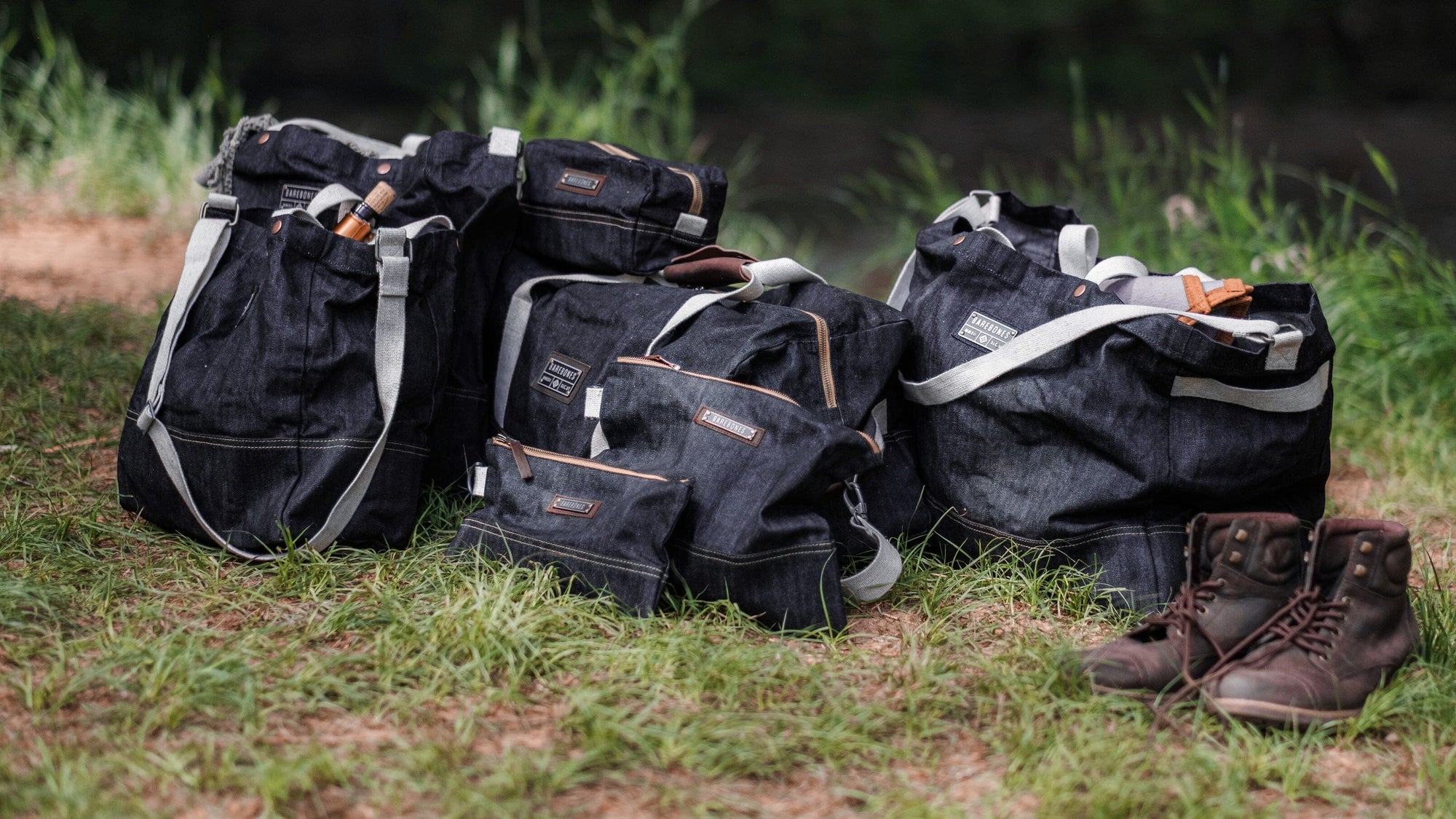Guest post by Ashley Rodriguez
· · ·
The Campfire Experience
As my love and curiosity for food grew, so did my adventures in cooking outside. I started to see the fire as a place of possibility rather than a limitation. Knowing that food tastes so much better cooked over the fire, I began to wonder if elevating camp food could elevate the whole experience.
I immediately fell in love with cooking over the fire. It’s raw, unpredictable, and ever-changing. It forces me to stay present and mindful of the process, which is something I fight valiantly to attempt in everyday life. I still strive to keep the recipes I prepare over the fire quite simple. I don’t want to carry unnecessary ingredients. Instead, I use the best possible ingredients and let them truly shine.
Beautiful dishes that look as if they could come from the finest restaurant kitchens are not expected when you’re sitting around the campfire, and I love that. It’s a joy to create an unexpected memory and wow fellow campers with their dinner.
I always go back to that lesson I learned as a kid while camping with my family: Nothing ever tastes as good as food that comes from the fire. But where do you start when it comes to building a fire - and what methods are best for your situation?

· · ·
How To Build Lean-To Fires
Best for: Ease of creation & weather
If you’re battling a strong breeze, your best option is the lean-to fire. Locate a barrier like a large log, berm or slope. Place your larger firewood on a slant with one end leaning against your barrier and the other resting on the ground. Leave space underneath the leaning firewood for kindling and airflow.
Place your tinder and smaller kindling in the space protected from the breeze, and light your fire.

· · ·
How To Build Log Cabin Fire
Best for: Cooking
If foil packet dinners or a one-pot Dutch oven meal is in your future, a log cabin fire can be a valuable multitasker. Add layers of interlocking wood (remember those Lincoln Logs you played with as a kid?) until you’ve assembled at least four layers. Add your tinder and small kindling in the middle of the layers you’ve stacked, and you’ve created a fire that also acts like a cooktop for your campsite meals.

· · ·
How To Build A Star Fire
Best for: Limited firewood
Low on firewood and looking for a quick-fire technique to get the job done? The star fire might be your best bet. Set up your kindling and create a small fire, then assemble several longer sticks and logs. Place these with one end in the fire and the other sticking out like an arm, creating the look of wheel spokes. As the fire burns one end of each log, slowly push them further and further in, shortening each “spoke” and creating a long-lasting fire. Note this also makes the best use of limited firewood.

· · ·
How To Build A Swedish Fire
Best for: Burning out a large log or stump (or using a chainsaw!)
Another option when you’re short on smaller pieces of firewood is the Swedish fire - but be aware, a chainsaw or other woodcutting tool is required!
Start by locating a large log or stump. Using your chainsaw, cut the top of the log into four quarters, resembling a pizza cut into four large pieces. (But beware not to cut too deep; keep the bottom 6 inches or so uncut.)
Wedge your other kindling or firewood in the cuts you’ve created, then light!
Successfully assembling a fire is a vital skill needed while camping, hammocking, or cooking a meal outdoors. With these simple tutorials, you'll have everything you need to master the art of fire-building. And you can also create an outdoor experience that is both safe and fulfilling.
· · ·
How To Put Out A Fire
When it’s time to put your fire out and continue on your journey, not to fear: we’ve created a complete campfire safety guide to ensure your fire is out for good - with no threat of reignition.
Photos courtesy of Ashley Rodriguez, Not Without Salt





